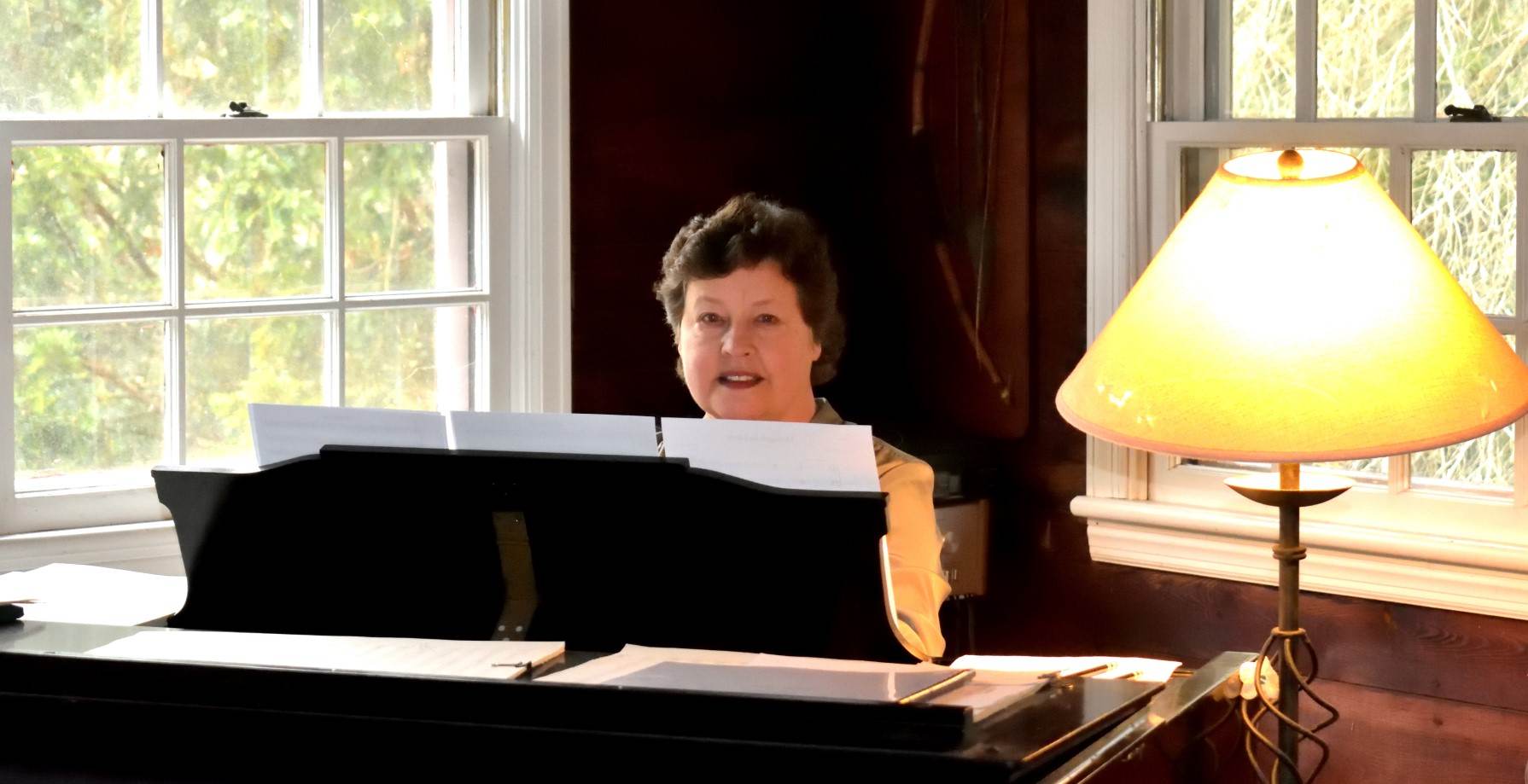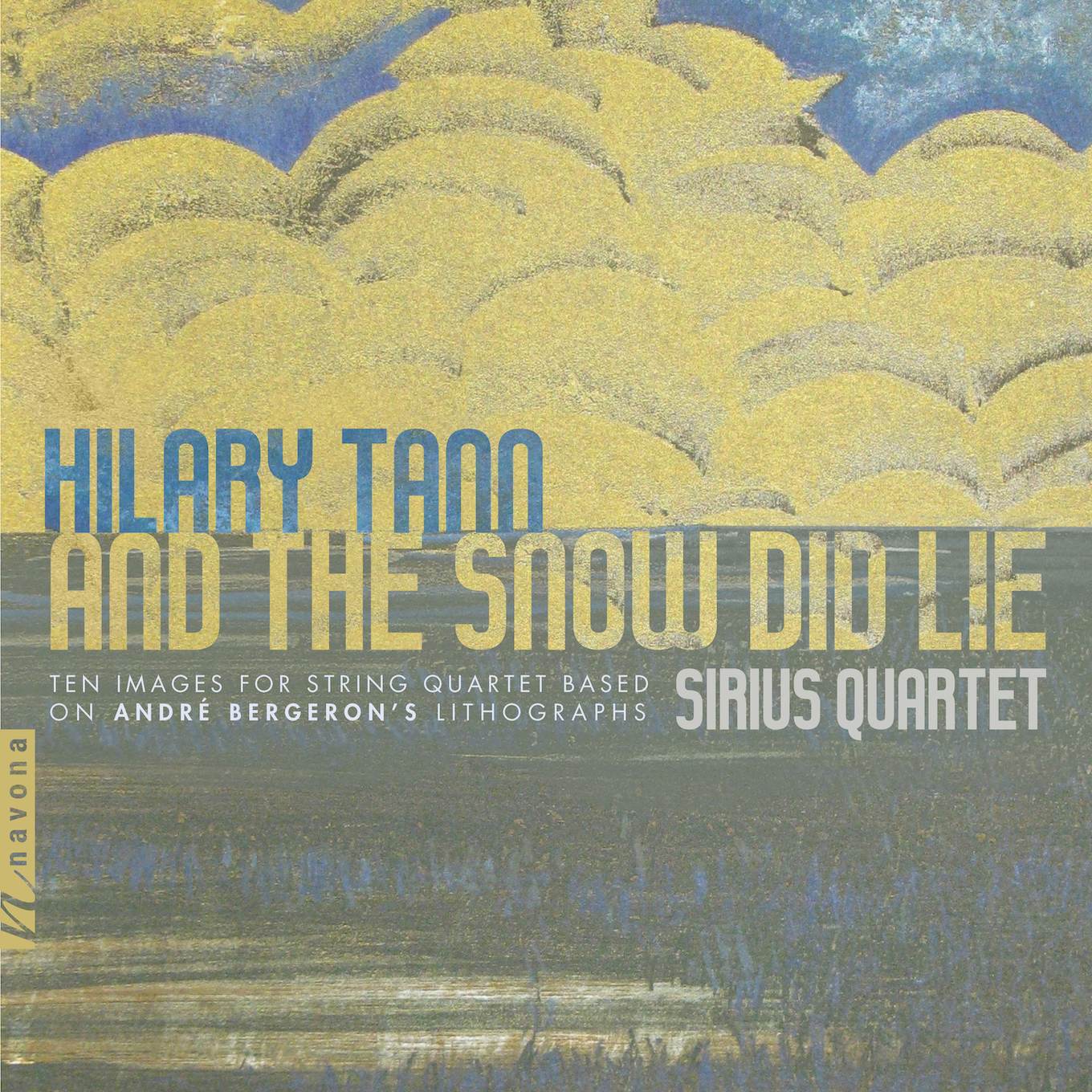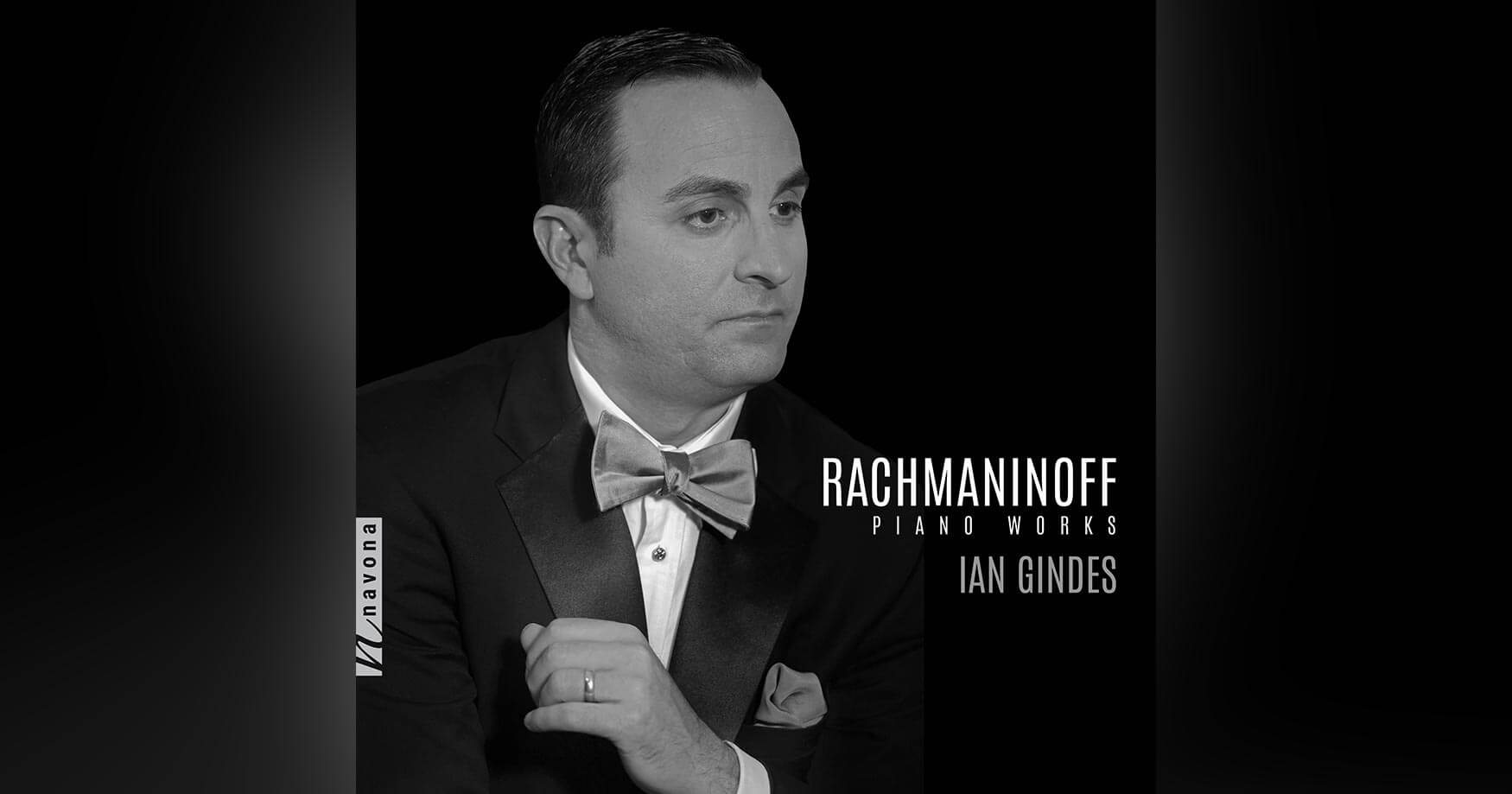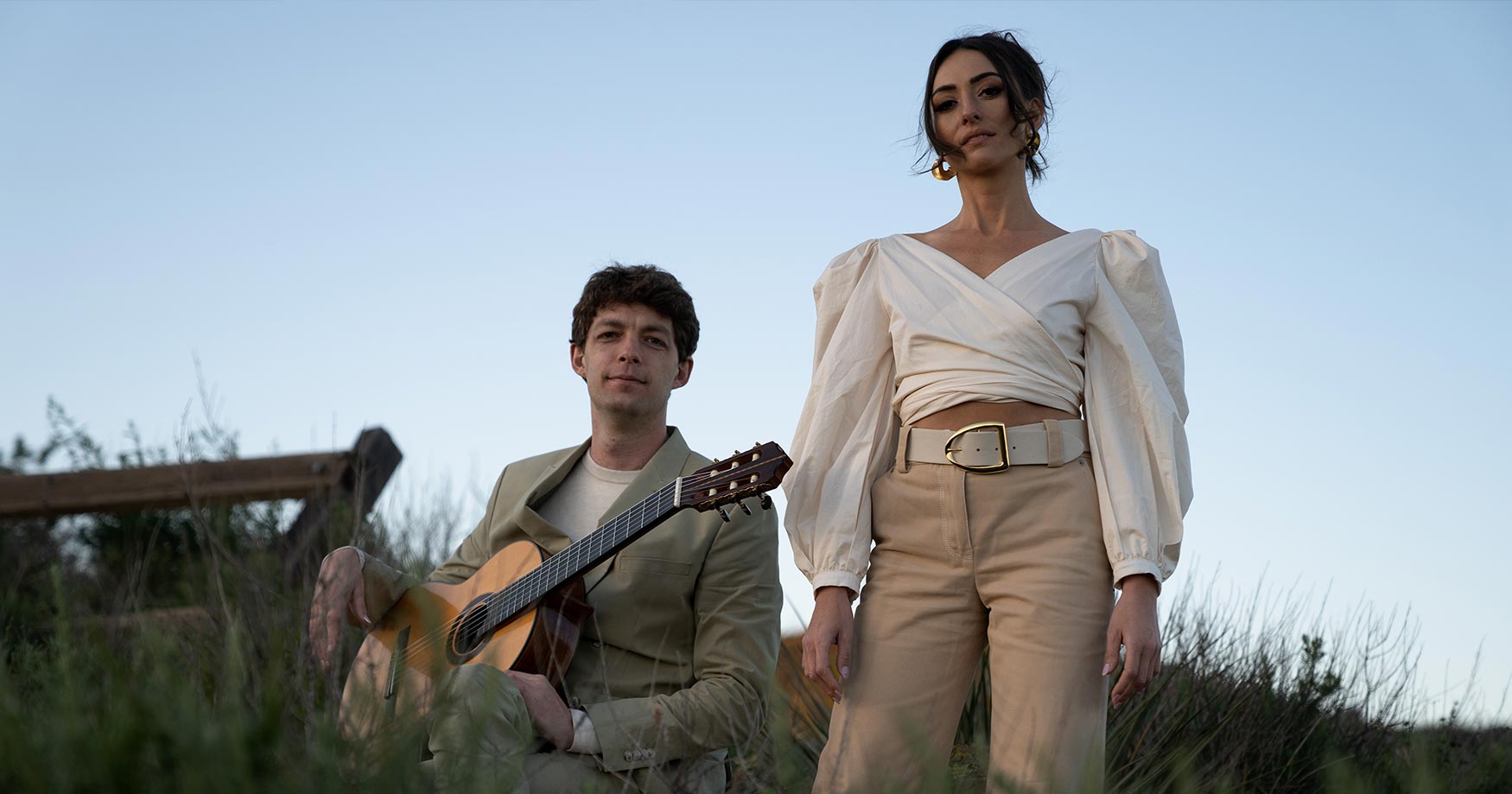AND THE SNOW DID LIE, composed by Hilary Tann and performed by the Sirius Quartet, is available now from Navona Records. The powerful combination of Tann’s expressive lyricism and sense of balance paired with the formidable skill and precision of the Sirius Quartet make this new digital EP a musical event not to be missed.
Today, Hilary is our featured artist in “The Inside Story,” a blog series exploring the inner workings and personalities of our composers and performers. Read on to discover how her interpretations of the natural world influence her writing.
What does being a “nature composer” mean to you? Have you always identified as a “nature composer?”
To answer the second question first — yes, I have always claimed the natural world to be a source of my inspiration. Almost all of my titles bear some relation to nature. Even those (like NOTHING FORGOTTEN) that seem to have virtually no connection with nature often have movement subtitles that refer to the natural world (“as if the granite were / some half-forgotten spirit” — “all that light caught forever in the pine boughs / bound between the stones and current” — “the mesh of branches, root, and sky”). As to the first question — if I could give you a straight answer then, in effect, I would stop composing. My whole compositional life is an attempt to express this particular kind of synaesthesia. I’m still working on it!
How do you feel that composers listen to and interpret aspects of their natural environments? Is this inherently part of the compositional process?
I cannot speak for all composers. However, I would place myself in the English pastoral tradition epitomized by the music of Ralph Vaughan Williams. The “natural environment” for other composers might be at times a busy street intersection or an aspect of some mental state or an insistent rhythmic device. There is no way to generalise about the nature of inspiration (thank goodness!).
How has the sound of the natural world been changed, in your mind, as humans continue to develop their environment?
The natural world that appeals to me is the one which has been in place for centuries — the silence of old hills, wind over grass, the play of light at the water’s edge … As I wrote in the program note to a 1994 overture: “The title is taken from a poem by Welsh Bard, John Ceiriog Hughes … the last stanza of which reads “Son of the mountain am I / Far from home making my song / But my heart is in the mountain / With the heather and small birds.”
When recording with the Sirius Quartet did you find their group dynamic and instrumentation evoked a specific landscape, or through your instruction did you evoke a landscape from them?
I so enjoyed working with these fine musicians! We had a whole session of rehearsal before recording the following day. During the rehearsal we grew to enjoy each other. It helped that the first violinist, Fung Chern Hwei, already knew and liked my violin concerto, HERE, THE CLIFFS, and had performed other works of mine in NYC. At any rate, it was a delight to be able to talk “in metaphor” with them and to have them understand what I was trying to do and then to add their interpretation. “Here, the colours of autumn have faded, and all that is left are fragments of the year.” “Here, the birds are taking off.” “Here, the ice is breaking up.” It was great to have the lithographs in the studio so everyone could deeply “see” what I meant.
AND THE SNOW DID LIE is based on André Bergeron’s lithographs for Germaine Guèvremont’s French-Canadian classic, Le Survenant. Do you see Bergeron’s lithographs as an extension of the natural world that you see, or an interpretation? How does that impact these works compared to inspiration taken directly from nature?
Aha. This is a good question. In fact, the way I usually work is to “access” nature through a poet’s word or phrase. Many of my titles are poetic phrases. You see in my answers to the questions above that I quote from poets in my explanations. Sometimes I use my own words, but more often the condensed energy of the poet’s phrase launches the piece. The opening stanza of “Spring” by Gerard Manley Hopkins has given me three titles: LIKE LIGHTNINGS (oboe solo); LOOK LITTLE LOW HEAVENS (trumpet solo); and THROUGH THE ECHOING TIMBER (full orchestra).
How does this work express the zen concept of the “interconnectedness of things?” How do you see that interconnectedness as it relates to André Bergeron’s lithographs and their divergent landscapes of the seasons changing?
Good heavens! I think you must have been reading some of my other writings. Well, as an avocation, I am also a published haiku poet — haiku in English, that is. A poem (of mine) such as “overwintering / their different ways / birch and pine” has a clear surface meaning, but it also suggests that people face adversity in different ways. Some “lose their leaves,” others brave the elements. Andre’s ten lithographs follow a natural sequence. My music, too, follows the sequence, but the narrative could equally well refer to a time of dormancy after adversity and then a time of life returning to full flow. If a listener wishes to hear only the music — fine, the music will work alone. But if the listener wishes to get the full flavour of the music, then the lithographs will give added context and enjoyment, especially if the listener shares my deep love of the natural world.
Explore Hilary’s Latest Release
AND THE SNOW DID LIE
AND THE SNOW DID LIE from Hilary Tann is available now from Navona Records. Click here to visit the catalog page and explore this album.




